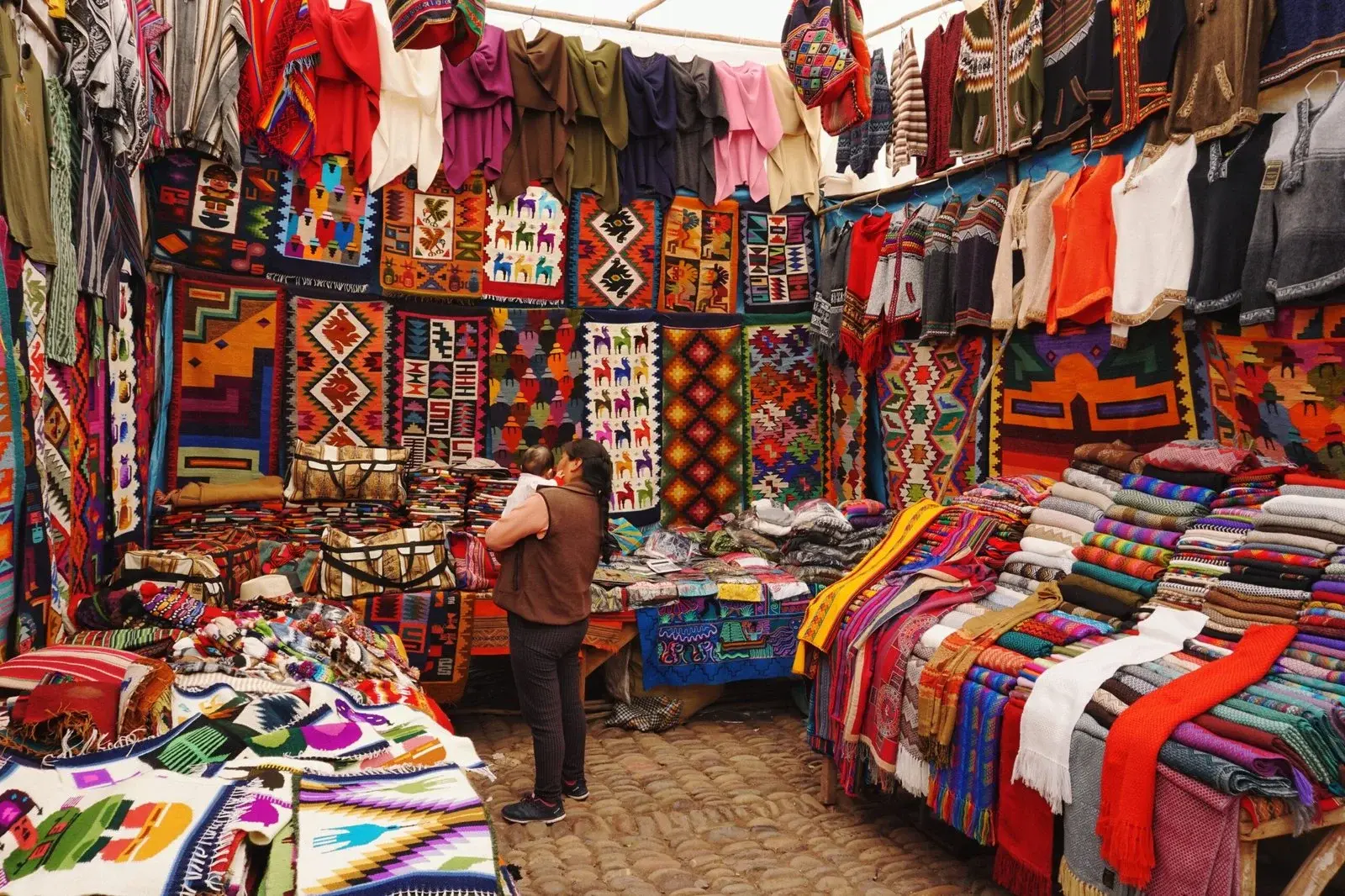Frequently asked questions
Chimborazo Volcano: What to Know Before You GoGetting There & General Info
Q: Where is Chimborazo?
Chimborazo is located in the central Andes of Ecuador, about 180 kilometers (110 miles) south of Quito, near the city of Riobamba. It lies within the Chimborazo Fauna Production Reserve, known for its high-altitude landscapes, herds of wild vicuñas, and the majestic snow-capped volcano.
Q: How do I get to Chimborazo from Quito?
The most convenient way is by guided day tour, which includes transportation, a hike to the Whymper Refuge, and often a stop at scenic spots like the Chorrera Canyon or viewpoints.
Traveling independently? Take a bus from Quito to Riobamba (3.5–4 hours), then a taxi or rented vehicle to the park entrance (approx. 1 hour). Keep in mind:
-
There’s no public transportation inside the reserve
-
A 4×4 vehicle is recommended for higher elevations
-
Entry is free, but registration is required at the park entrance
Q: Do I need a guide to visit Chimborazo?
A guide is not mandatory for visiting the refuge or viewpoints, but highly recommended for safety and to understand the unique geography and culture. We offer a Chimborazo Biking tour including guide and downhill mountainbike adventure. For summit climbs, a certified mountain guide is mandatory by law.
Q: Can I sleep near Chimborazo?
Yes. There are options like mountain lodges, refuges, and haciendas in nearby communities such as San Juan, Guaranda, and Riobamba. Some offer warm hospitality, home-cooked meals, and great views of the volcano. If you’re hiking or climbing, you can overnight at the Carrel Refuge (4,850 m).
Activities at Chimborazo
Q: What activities can I do at Chimborazo?
You can go hiking, mountain biking, wildlife watching, take photos of the Andean landscape, and visit mountain refuges like Carrel or Whymper.
Q: Can I climb to the summit of Chimborazo?
Yes, but only with a certified guide and previous mountaineering experience. It’s a demanding expedition due to the altitude (over 6,200 m / 20,000 ft).
We offer multiple options:
- A 3-day package for acclimization on ilinizas and final Chimborazo summit.
- A 4-day package with summits to Cotopaxi and Chimborazo.
- A single summit climb of Chimborazo.
Q: What if I don’t want to climb?
You can hike from the first refuge to the second (Whymper Refuge), watch wild vicuñas, or simply enjoy the unique highland views.
Q: Can I go biking at Chimborazo?
Local Food and Cuisine
Q: What typical dishes can I try near Chimborazo?
You can try fritada (fried pork), hornado (roast pork), cuy (guinea pig), quinoa soup, and llapingachos (potato patties), among others.
Q: Are there vegetarian or vegan options?
Yes, especially in Riobamba. Many eateries offer dishes with Andean grains, potatoes, vegetables, and meat-free soups.
Q: What local drinks should I try?
Try canelazo (a hot cinnamon drink with sugarcane alcohol) and natural juices like blackberry, babaco, or naranjilla.
Q: Where can I eat during the tour?
Many tours include lunch in local restaurants or indigenous communities. You’ll also find food options in Riobamba or Guaranda.
Wildlife and Nature
Q: What animals can I see in the Chimborazo Reserve?
Mainly vicuñas, llamas, alpacas, Andean rabbits, and birds like the Andean condor (if you’re lucky).
Q: What’s the difference between a vicuña, a llama, and an alpaca?
Vicuñas are wild and smaller, with very fine wool; llamas are bigger and used as pack animals; alpacas are bred for their soft fleece.
Q: Are wild animals dangerous?
No. The animals in Chimborazo are not dangerous to visitors. Just remember to keep your distance and don’t feed them.
Q:What kind of vegetation is found in the area?
Mainly páramo vegetation: ichu (highland grass), mosses, lichens, and small mountain flowers.
Local Tips & Travel Advice
Q: Can I visit Chimborazo without a tour?
Yes, but it’s easier and safer with a guided tour, especially for transportation and logistics. Chimborazo’s high altitude and remote location make it harder to navigate without local support. Solo travelers must register at the entrance and follow marked trails.
Q: Do I need a permit to enter the park?
Entry is free, but all visitors must register at the control station upon arrival. For summit attempts, special permits and certified guides are required.
Q: What is the best time to visit Chimborazo?
The dry season, from June to September, offers clearer skies and better hiking conditions.
Q: Should I acclimatize before visiting Chimborazo?
Yes. Spend a couple of days at high altitude (such as Quito or Riobamba) to reduce the risk of altitude sickness
Q: What should I bring for my visit?
Layered warm clothing, waterproof gear, hiking boots, sunscreen, water, snacks, and a camera.
Q: Are there bathrooms and services in the mountains?
Yes, there are basic services such as bathrooms and rest areas at the refuges and park control points.




